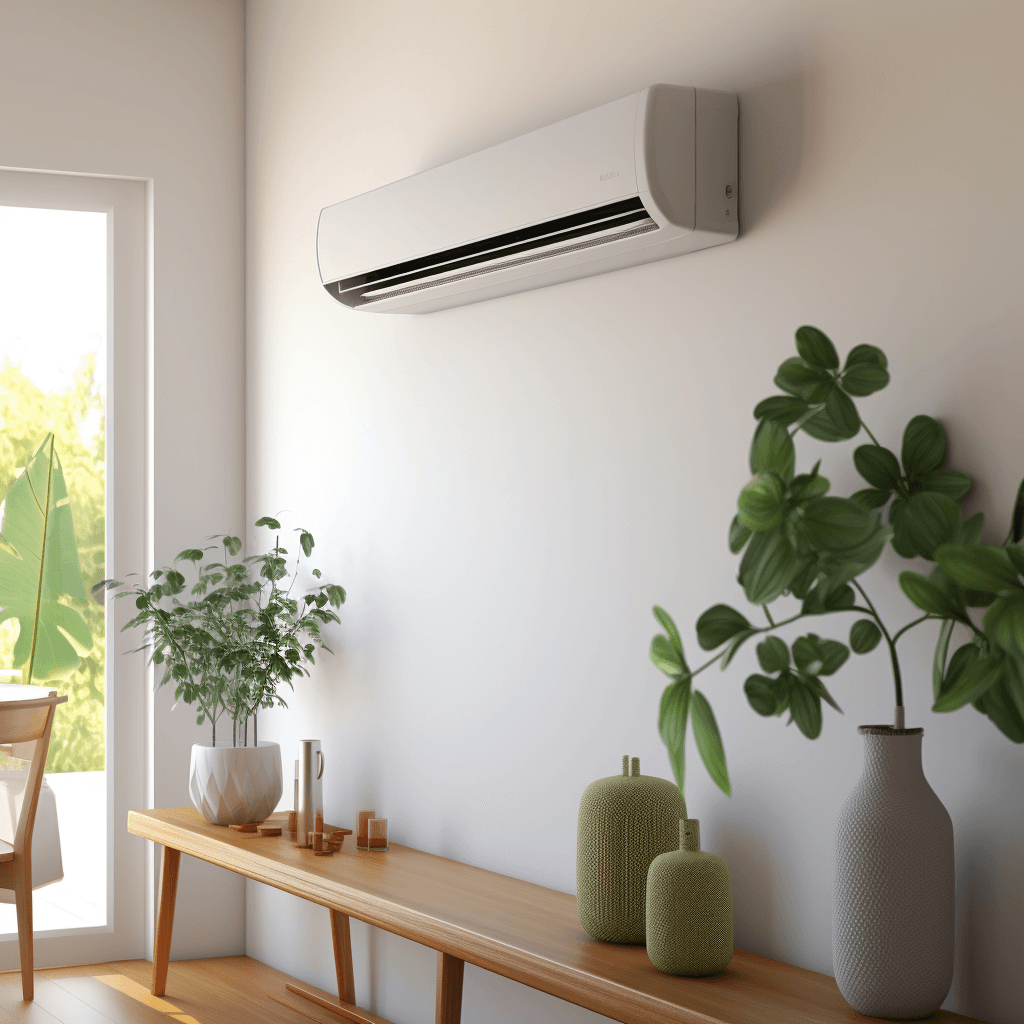Determining the Wall Space Requirements for a Wall-Mounted Heat Pump
At AirGreen, we are a leading HVAC company based in Montreal specializing in providing effective and efficient heating and cooling solutions. One of our most popular products is the wall-mounted heat pump, also known as a mini split. This HVAC system has gained massive popularity for its dual functionality - it provides both cooling and heating solutions.
However, a frequently asked question by our clients when considering the installation of a wall-mounted heat pump is, "How much wall space is needed for a wall-mounted heat pump?" In this comprehensive and in-depth article, we will explore the space requirements for a wall-mounted heat pump and guide you through considerations to ensure optimal installation and performance.
Understanding Wall-Mounted Heat Pumps
Before diving into the specifics of wall space requirements, it is crucial to understand what a wall-mounted heat pump is. This HVAC system, also commonly known as a mini split, is unique in its structure. Unlike traditional HVAC systems, wall-mounted heat pumps do not require ductwork. They are composed of two main units: the outdoor compressor/condenser and the indoor air-handling unit. These components are connected by a conduit, which houses the power cable, refrigerant tubing, suction tubing, and a condensate drain.
Space Requirements for a Wall-Mounted Heat Pump
The amount of wall space needed for a wall-mounted heat pump depends on a few key factors, including the model of the heat pump, its BTU (British Thermal Unit) rating, and its intended use.
- Model of the Heat Pump: Different models of heat pumps have varying sizes. On average, the indoor unit of a wall-mounted heat pump is about 30 to 48 inches wide, 11 to 15 inches high, and 7 to 10 inches deep.
- BTU Rating: The BTU rating of a heat pump affects its size. Higher BTU ratings generally correlate with larger units because they are designed to heat or cool larger areas.
- Intended Use: If the heat pump is meant to serve multiple rooms, you might need multiple indoor units. In this case, the total wall space needed would increase.
Despite these variables, wall-mounted heat pumps are known for their compact size and flexible installation options. They require less space than traditional HVAC systems, making them a suitable choice for homes or offices with limited space.
Installation Considerations
Ensuring you have enough space for the heat pump is the first step. The second step is to ensure it's installed correctly for optimal functionality. Here are some installation considerations:
- Wall Strength: The wall must be strong enough to support the weight of the heat pump.
- Clearance: The location should have enough clearance from the ceiling, floor, and adjacent walls. This is crucial for air circulation and easy access for maintenance or repairs.
- Away from Heat Sources: The heat pump should be installed away from direct sunlight or other heat sources to prevent overheating.
- Quiet Areas: For quiet operation, install the heat pump in an area away from echo-prone areas.
- Outdoor Unit Placement: The outdoor unit should also be placed with care. It should have ample clearance from foliage, be elevated from the ground, and be easily accessible for maintenance.
Conclusion
In conclusion, the wall space needed for a wall-mounted heat pump can vary, but with the right planning and installation, it can be an excellent heating and cooling solution for any home or office. Always consult with a professional HVAC company like AirGreen for the best advice and service.
At AirGreen, we are dedicated to providing efficient and tailored HVAC solutions for our clients. If you're considering installing a wall-mounted heat pump, our team of trained professionals can guide you through the process, ensuring your heat pump is installed for optimal performance and efficiency.

